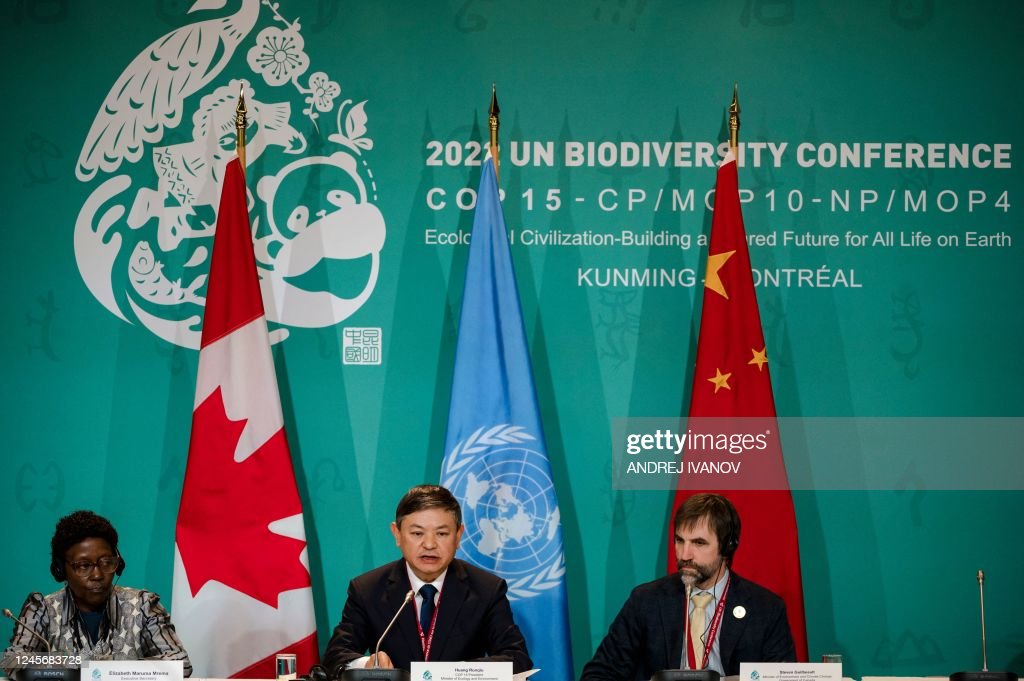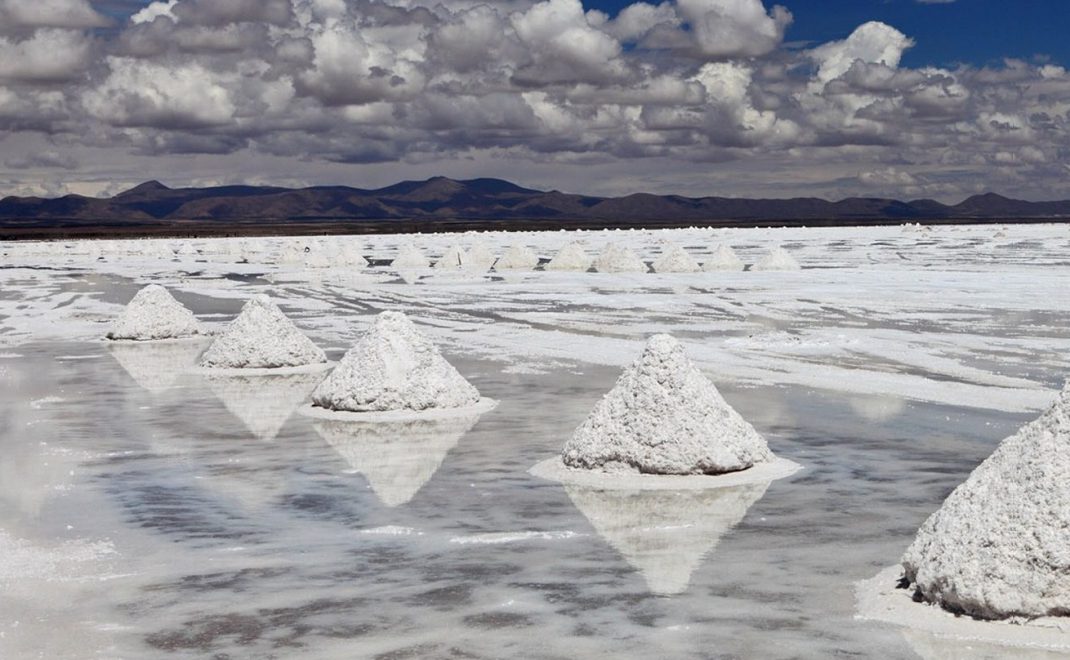The historic Kunming-Montreal Global Biodiversity Framework acknowledges the contributions of indigenous peoples and local communities to nature preservation and protects their rights. How could it benefit South America’s most deforested region?
COP 15, which took place between 7 and 19 December in Canada, resulted in a historic agreement to stop the alarming loss of biodiversity worldwide. 196 states agreed on four goals and 23 targets that should guide their actions until 2050.
One of the major highlights of the final document, which is known as the Kunming-Montreal Global Biodiversity Framework, is that for the first time it recognises the rights of indigenous peoples and local communities.
This recognition could be key in establishing new conservation strategies in the Chaco Forest, an eco-region of enormous biodiversity, which is home to one of the largest indigenous communities in Argentina, including the Qom, Wichí and Moqoit ethnic groups.
In recent decades, the area has been extensively deforested, which resulted in the conversion of millions of hectares of native bush into fields where soybeans are grown and cattle are raised for export.
This process is leading not only to the loss of the Cacho’s biodiversity and valuable ecosystem services, but also to the elimination of traditional knowledge and ancestral ways of life.
Some believe that the region’s resisting populations could gain now greater protection through the recognition obtained by this unprecedented international agreement.
DEFORESTATION AND DISPLACED COMMUNITIES
The Chaco Forest has one of the highest deforestation rates in South America, and changes in its land use have deepened in the last 20 years, resulting in the displacement of the region’s inhabitants.
Verónica Quiroga is a biologist who has been studying the process of defaunation of the Chaco Forest over the past two decades. In an interview with FairPlanet, she said that the changes in the environment are highly noticeable.
“Habitat for species is being lost throughout the region due to the advance of the agricultural and livestock frontier,” she said.
“Although there is a Forest Law in Argentina, no progress has been made in regulation. The deforestation and the removal of timber from the forests are permanent and these problems continue to worsen.”
According to the specialist, the establishment of protected areas will not be enough to halt these processes, but it will be essential in order to work with the communities. “We need biodiversity conservation corridors to connect these pristine areas, which are very important, with the entire matrix of forests where people are living,” she explained.
In this sense, she stressed that it will be necessary to guarantee respect and improve the quality of life through sustainable productive alternatives, both for local and indigenous communities.
“They are the owners of these lands, and they are the ones who should decide how and how much they are used,” she said. “We need to keep them there to conserve these ecosystems, [and prevent them] from selling their lands to large companies that eliminate native forests and convert them into productive fields that degrade the environment.”
“THEY ARE THE OWNERS OF THESE LANDS, AND THEY ARE THE ONES WHO SHOULD DECIDE HOW AND HOW MUCH THEY ARE USED.”
GUARDIANS OF BIODIVERSITY
According to data from the UN Permanent Forum on Indigenous Issues presented at COP 15 in Montreal, indigenous peoples represent 6.2 percent of the global population and protect at least 80 percent of the planet’s remaining biodiversity. This demonstrates their invaluable role in conservation, which was recognised in the new global agreement.
In a press release issued in recent days, the International Indigenous Forum on Biodiversity (IIFB) welcomed the fact that the text of the Kunming-Montreal Global Biodiversity Framework has “strong language on respect for the rights of Indigenous peoples and local communities”.
In this regard, one of the IIFB members from Argentina, Viviana Figueroa, said “they are recognising that Indigenous Peoples can also make contributions to biodiversity conservation.”
In particular, she highlighted the inclusion of indigenous rights in Target 3, known as the commitment 30×30. Its goal is to “achieve and enable, by 2030, at least 30 per cent of terrestrial, inland water and coastal and marine areas, especially areas of particular importance for biodiversity and ecosystem functions and services, to be conserved and effectively managed through ecologically representative, well-connected and equitably governed protected area systems, and other effective area-based conservation measures, recognition of indigenous and traditional territories, where appropriate, integrated into wider landscapes, seascapes and oceanscapes, while ensuring that any sustainable use, where appropriate in such areas, is fully consistent with conservation outcomes, recognising and respecting the rights of indigenous peoples and local communities.”
A FUNDING CHALLENGE
In order to achieve the goals set at COP 15, it will be essential for low and middle income countries, such as Argentina, to be able to access the necessary funding to design mechanisms that protect the biodiversity of environments such as the Chaco Forest.
This is the view of Ana Di Pangracio, director of Argentina’s Fundación Ambiente y Recursos Naturales (FARN), who participated as an observer in the negotiations in Montreal.
“To reduce poverty, we need a healthy biodiversity,” she told FairPlanet. “All countries have to commit more of their national budgets to both conservation and sustainable use and restoration of biodiversity. Developed countries need to rise to the challenge and mobilise the resources needed to make the commitments a reality.”
She added, “UN reports indicate that only 20 percent of the money needed to make the Aichi Targets a reality was mobilised. That cannot be repeated this time.”
Di Pangracio believes that follow-up will be crucial. “What has been established are global targets, but the real challenge will be to follow them up and work together with other states, for example, in the case of the conservation of the Chaqueño Forest, which extends across different countries in South America.”
Article published in Fair Planet https://www.fairplanet.org/story/can-cop15-save-south-americas-most-deforested-region/


